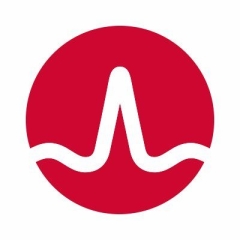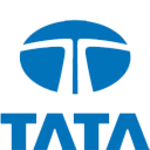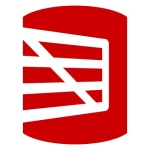How has it helped my organization?
The benefits of doing something like the data creation is that you are going to be able to totally have control of your data from the get-go. You are not worrying about "what you see is what you get" kind of results from a production set. Instead you are just using all sorts of built-in functions, seed lists, or data calls which are live at that moment to be able to really manipulate your data and create exactly the data set that your testers need. That is very powerful.
Then on the vTDM side, which is the database cloning, the ability for them to have full control of their environment is the most important aspect of testing sometimes. Now, you do not have to worry about what is on your left, what is on your right, and who you are going to be hurting by trying to do the best testing that you can. Instead you have just you are own set that you can work with. You can spin it up and burn it down when you are done.
What is most valuable?
TDM has tons of great solutions involved in one package. For me personally, what I find to be most valuable is its ability to do synthetic data creation. I love that because it has a lot of flexibility and you do not have to worry about one specific database or how you are going to manage all the data points. What you can do is instead of taking everything from production and wondering what you are going to get from there, you can just create it all from the get-go yourself. That is a beautiful thing to be able to do.
There is other stuff that they are working on right now, and that includes things like the vTDM or Virtual Test Data Management. That is where they have the ability to do test data clones. It is really neat because after doing some of that creation, or if you are going to do some subsetting, then you have a great looking database. What you can do now is you can take really small copy, actually a full size copy but really small in size, and you can send that out to any of your testers to be able to use personally for their testing. That is cool because it gives them an expanded way to do their testing. They can do tons of unit tests, functional tests, and destructive tests, and they do not have to worry about the environment around them, because this is just their copy.
What needs improvement?
As the solution continues to evolve, the one thing I like about it is the API-friendly layers that they have added into the realm. So, I just would like to see more support around that and more usability. If we can continue expand upon that, then it is going to open a lot of doors.
What do I think about the stability of the solution?
The stability of TDM is probably what I love about it the most. We have not had any major issues at any point since we have started utilizing the tool. Anytime we have had either a small bug or something that we would like to see as an enhancement, it is always been a quick call to the support team to be able to work on it with me.
What do I think about the scalability of the solution?
TDM scalability has actually come a long way. I am really impressed with what they have done over the last couple of years for it. Specifically, what I really like is, as they moved from a thick line that was a little bit clumsy and cluttered, what we see now is that we have a web portal that is built on top of an entire API framework. Utilizing those APIs, it gives us a chance to do whatever we want with the tool, not just its specific built-in functions through the UI layer, but anything I want to do integrated with the open source abilities out there as well.
How are customer service and technical support?
TDM's technical support, specifically CA's technical support as a whole, has been wonderful for us. I have close relationships at this point with any of the guys there. If ever I see a potential bug, if ever I have a question that I just can't figure out myself in a very short amount of time, or if there is a new enhancement that I want to have worked on, I am a quick phone call away or a support ticket away. I can honestly say that if I had gone the route of creating a ticket, which we all know can sometimes go into a black hole with some companies, I have always gotten a call back within an hour from CA's technical support solutions and they are a wonderful team to work with.
Which solution did I use previously and why did I switch?
My company decided to invest in Test Data Manager because we were going through a large transformation. We were doing both a legacy system transformation and an agile transformation for our teams. Out of that spawned tons of productivity and tons of great morale boosting initiatives at the office.
It also created tons of havoc for someone in the test data realm, because now we were working with, instead of just a couple databases on a legacy system, every database under the sun that those teams decided to work with.
We decided to look at a bunch of different systems solutions that were out there, and we decided that TDM had the best full set of solutions available for us to be able work with the largest amount of our teams.
It is neat because as we have continued (we made that decision a couple of years go), the industries continued one of their biggest pushes which has been this idea to shift left and do continuous testing as part of a continuous delivery system. TDM has actually positioned itself very nicely to allow us to do that, because by doing things like the data creation, then I can create a fully isolated database for people to be able to work with it at the earliest stages for the unit testing and functional testing. Then, I can move them directly with the same solutions into a more integrated environment, and use the same tool set to be able to build out all the data they are going to need there and so on, as it moves down the line all the way into production.
What other advice do I have?
It is not an easy thing to give a 10 on a scale of one to 10 for ratings, but I have to say, I think the TDM solution is a 10.
Most important criteria when selecting a vendor: I think when you are trying to choose a vendor to work with on some of these solutions, you really have to decide if they are going to work with you as well. CA has been a great partner for us, because they are always there to work with us. It is not them having a solution that they are trying to cram down your throat, instead it is them trying to figure out what your needs are and building solutions around that.
Disclosure: PeerSpot contacted the reviewer to collect the review and to validate authenticity. The reviewer was referred by the vendor, but the review is not subject to editing or approval by the vendor.











